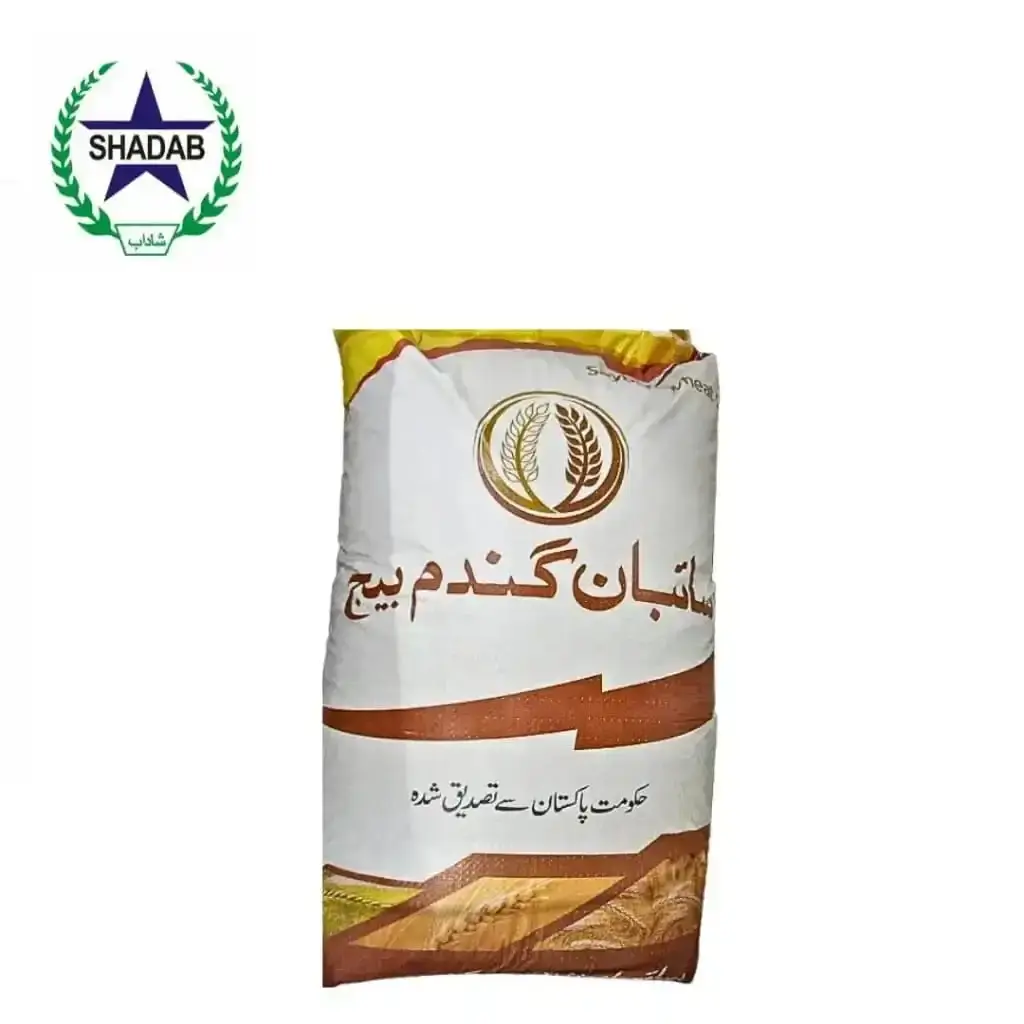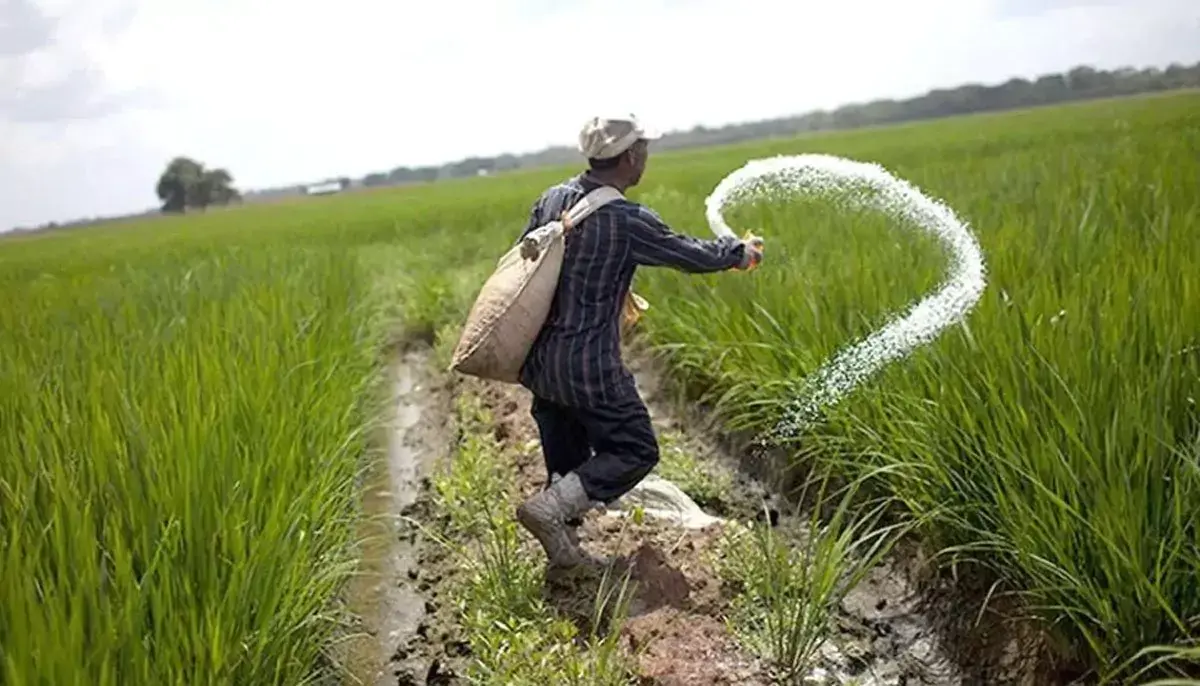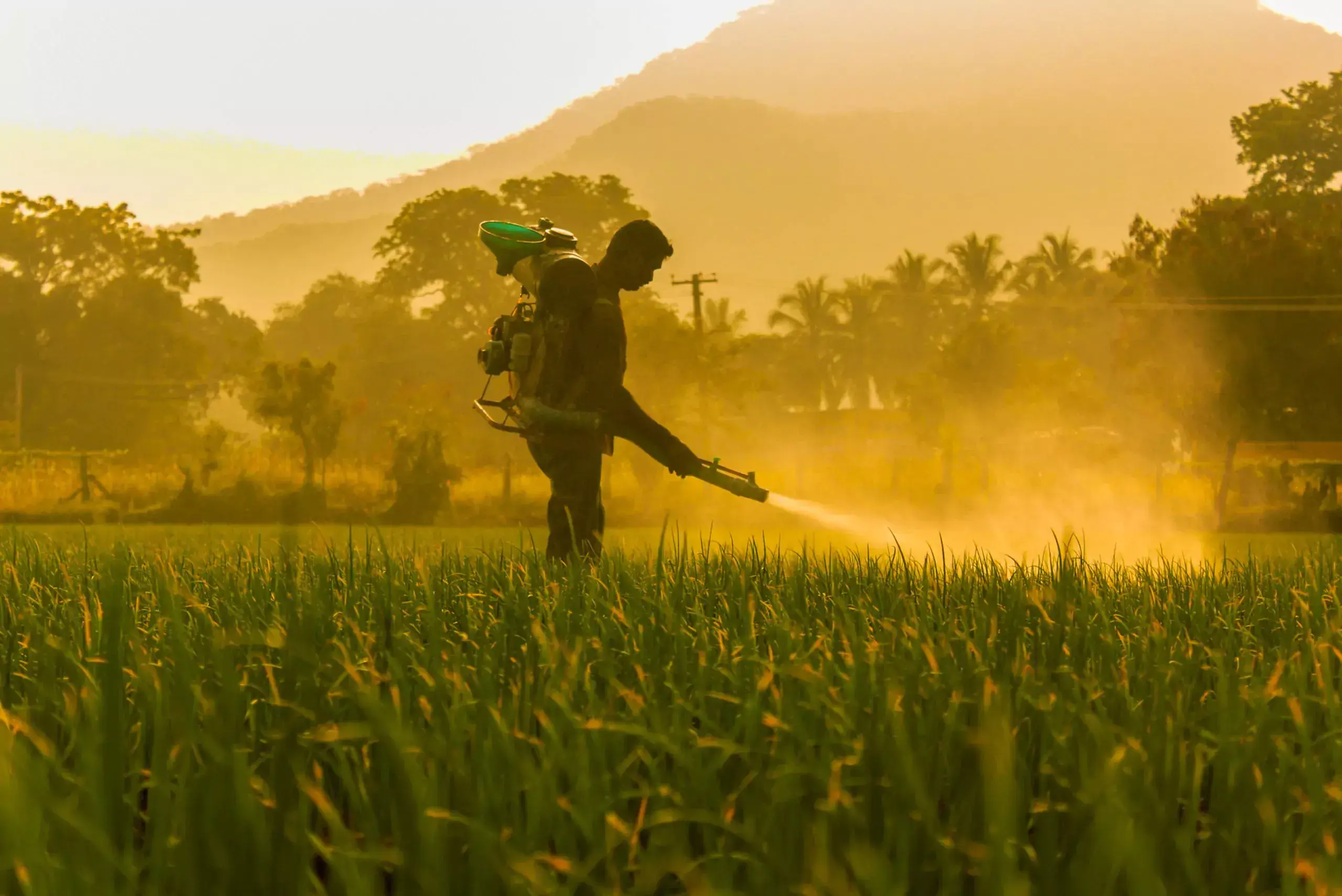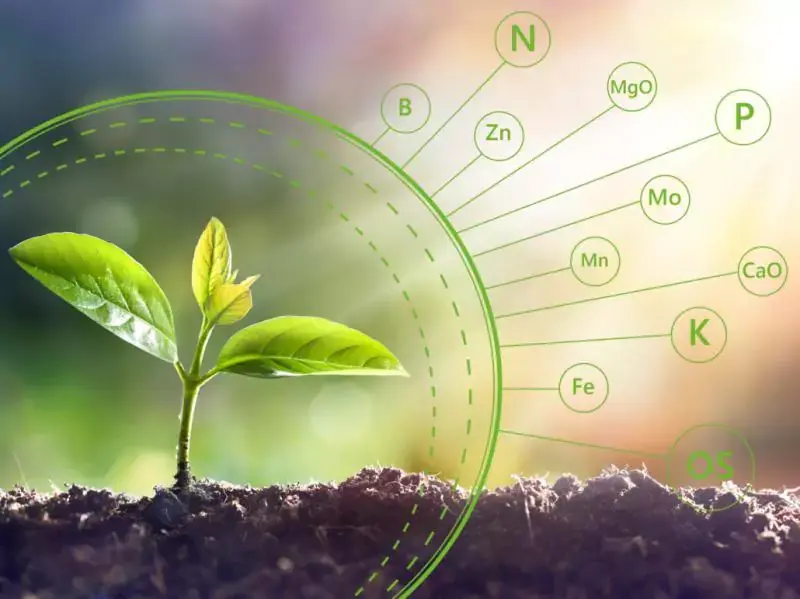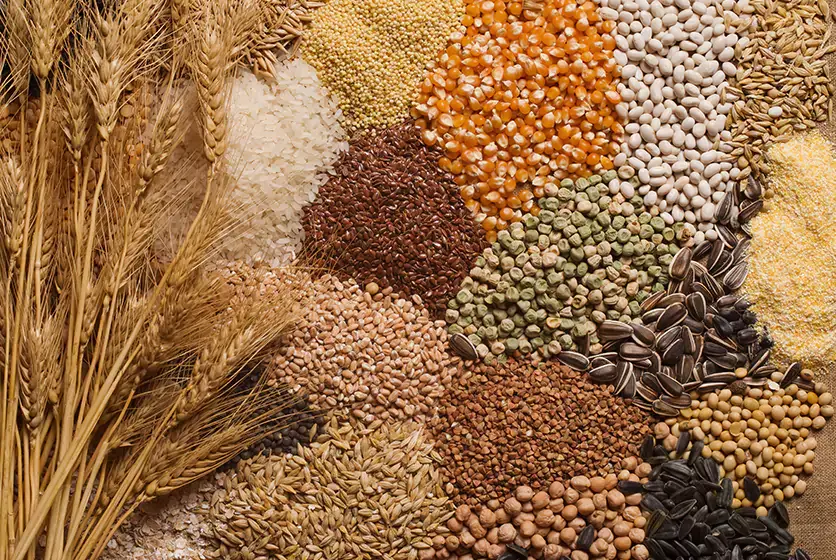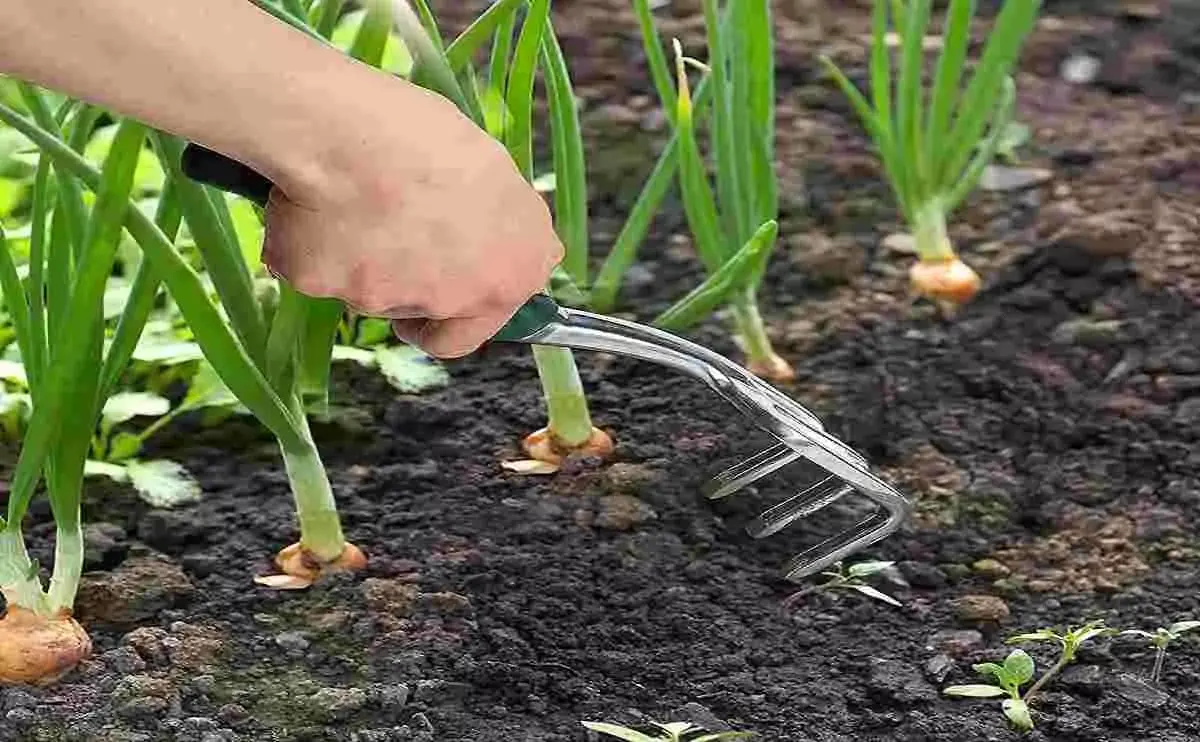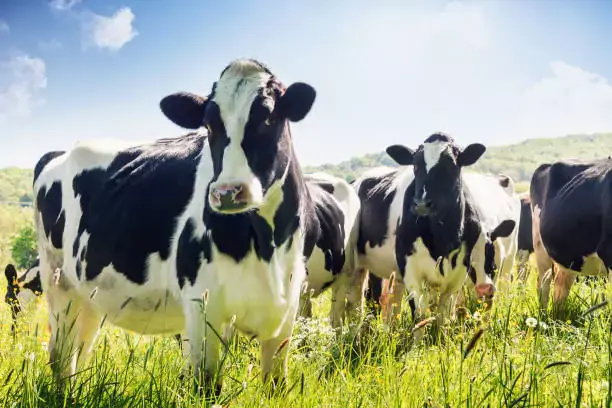Fertilizer Plan
The practice of cultivating wheat following paddy should emphasize the use of ridges. This method is beneficial as the wheat crop remains unaffected by the cultivation on seed beds or elevated land. Implementing ridge cultivation can enhance drainage and soil aeration, which are crucial for the healthy growth of wheat.For optimal wheat growth, specific fertilizer applications are recommended during soil preparation. It is advisable to apply a mixture of half DAP, half SOP, and one kilogram of boron. The first irrigation should occur 28 to 30 days after planting, incorporating half urea and three kilograms of zinc sulfate. Subsequent irrigations should follow a schedule of 15 to 18 days apart, with nitrophos applied during the second and third irrigation, and a combination of CAN Gavara and potassium during the fourth and fifth irrigation.If only four irrigation are feasible, the remaining fertilizers should be applied with the third irrigation water. It is essential to complete all fertilizer applications within 60 to 70 days after planting. Additionally, based on the crop's age of 40, 50, 60, or 70 days, a foliar spray of potash, boron, and amino acids should be administered to enhance soil fertility and crop health.
دھان کے بعد گندم کی کاشت کے عمل میں بیج کے استعمال پر زور دینا چاہیے۔ یہ طریقہ فائدہ مند ہے کیونکہ گندم کی فصل بیج کے بستر یا اونچی زمین پر کاشت سے متاثر نہیں ہوتی ہے۔ ریج کی کاشت کو لاگو کرنے سے نکاسی آب اور مٹی کی ہوا کو بڑھایا جا سکتا ہے، جو کہ گندم کی صحت مند نشوونما کے لیے اہم ہیں۔ آدھا ڈی اے پی، آدھا ایس او پی اور ایک کلو بوران کا مکسچر لگانے کا مشورہ دیا جاتا ہے۔ پہلی آبپاشی کاشت کے 28 سے 30 دن بعد آدھی یوریا اور تین کلو گرام زنک سلفیٹ ڈال کر کریں۔ بعد کی آبپاشی کے لیے 15 سے 18 دن کے وقفے پر عمل کرنا چاہیے، دوسری اور تیسری آبپاشی کے دوران نائٹرو فاس کا استعمال، اور چوتھی اور پانچویں آبپاشی کے دوران CAN گوارا اور پوٹاشیم کا مرکب۔ تیسرے آبپاشی کے پانی کے ساتھ لگائیں۔ پودے لگانے کے بعد 60 سے 70 دنوں کے اندر کھاد کی تمام درخواستوں کو مکمل کرنا ضروری ہے۔ مزید برآں، فصل کی 40، 50، 60، یا 70 دن کی عمر کی بنیاد پر، زمین کی زرخیزی اور فصل کی صحت کو بڑھانے کے لیے پوٹاش، بوران، اور امینو ایسڈز کا ایک پتوں والا سپرے کیا جانا چاہیے۔
Soil and climate for Wheat
گندم کی کاشت کے لیے موزوں آب و ہوا کا درجہ حرارت 21 سے 26 ڈگری سینٹی گریڈ تک ہوتا ہے۔ بڑھتے ہوئے موسم کے دوران بارش مختلف ہوتی ہے، زیادہ سے زیادہ 75 سینٹی میٹر اور کم از کم 20 سے 25 سینٹی میٹر۔ بیج بونے کے لیے بہترین درجہ حرارت 18 اور 22 ڈگری سیلسیس کے درمیان گرتا ہے، جبکہ کٹائی کے لیے بہترین درجہ حرارت 20 سے 25 ڈگری سیلسیس کے درمیان ہوتا ہے۔ مٹی کی ضروریات کے لحاظ سے، گندم ان مٹیوں میں بہترین پھلتی پھولتی ہے جو مٹی کی لوم یا لوم کی ساخت کی حامل ہوتی ہے، جس میں ایک اچھی ساختہ پروفائل اور پانی کو برقرار رکھنے کی معتدل صلاحیت ہوتی ہے۔ مزید برآں، بھاری مٹی جو مناسب نکاسی کا انتظام کرتی ہے وہ بھی گندم کی کاشت کے لیے موزوں ہے، خاص طور پر خشک حالات میں۔
The climate suitable for wheat cultivation is characterized by a temperature range of 21 to 26 degrees Celsius. Rainfall during the growing season varies, with a maximum of 75 centimeters and a minimum of 20 to 25 centimeters. The optimal temperature for sowing seeds falls between 18 and 22 degrees Celsius, while the ideal temperature for harvesting is between 20 and 25 degrees Celsius.In terms of soil requirements, wheat thrives best in soils that possess a clay loam or loam texture, exhibiting a well-structured profile and moderate capacity for water retention. Additionally, heavy soils that provide adequate drainage are also appropriate for wheat farming, particularly in arid conditions.
